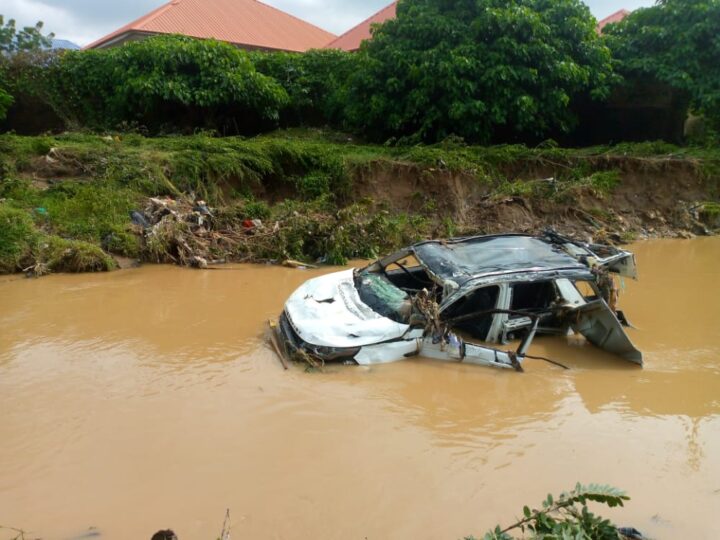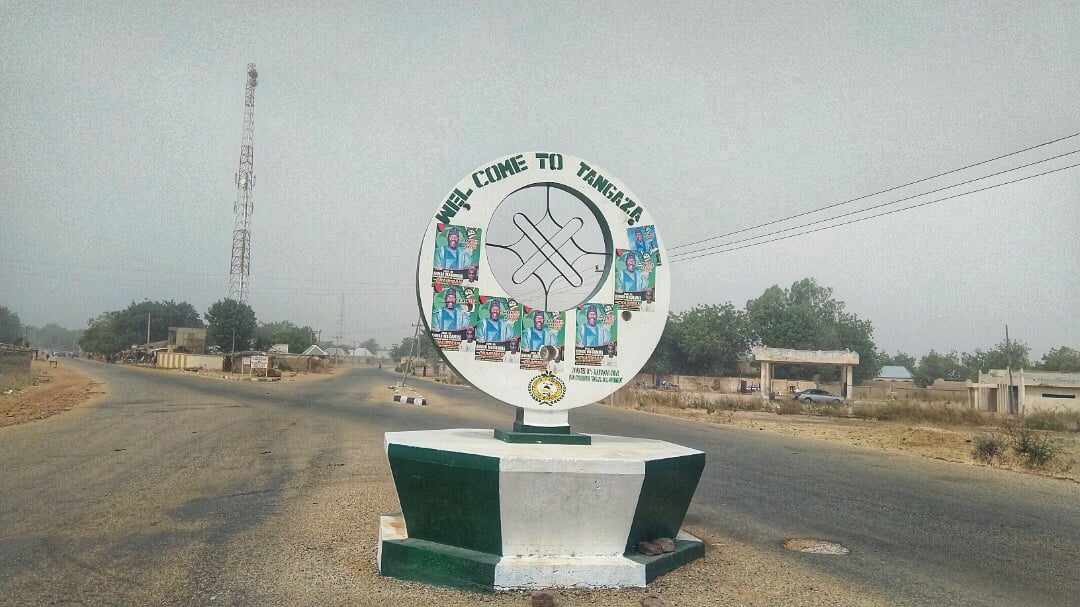BY MUKHTAR YA’AU MADOBI
Indiscriminate exploitative activities of man on the environment, especially deforestation, have exacerbated global warming, hence aggravating climate change impacts. Flooding, which is the overflow of water onto the drylands, is one of the consequences of the worsening climate change phenomenon.
Nigeria, as Africa’s biggest economy and with a population of over 200 million people, faces numerous environmental and ecological challenges. But it seems flooding has the most severe and devastating impacts.
Flooding is regarded as a major disaster affecting many countries of the world, especially in most flood plain areas.
Advertisement
Reports have indicated that floods are affecting over 2.8 billion people in the world and have caused over 200, 000 deaths over the past three decades.
Between 1995 and 2015, the lives of 2.3 billion people were affected, making floods accountable for about 47% of all weather-related disasters globally.
The 2012 flood disaster that rocked Nigeria was branded as the worst flood to have ever hit the country in the past 50 years, a World Health Organisation report says.
Advertisement
More than 2.3 million people were displaced, 363 lost their lives and another 16 million people plunged into untold hardship. Total losses were put at $16.9 billion. Nonetheless, pundits argued that the extent and nature of Nigeria’s floods are such that the actual figures for displacements, losses, and fatalities cannot be truly ascertained.
On the other hand, factors that cause flood events seem to be both complicated and interrelated, as it comprises both natural effects and human activities.
While climate change has led to more rains in some areas than in the past which has increased the incidence of flooding, Nigeria’s flooding is mostly human-induced and exacerbated by human-nature interactions.
These activities include poor or non-existent drainage systems, poor waste management systems, unregulated urbanisation, and weak implementation of planning laws and corruption, among others.
Advertisement
Floods are naturally caused by a rise in temperature resulting in heavy downpours of rain, glacier melt and thermal expansion of the ocean, subsequently causing a rise in sea levels and inundation of coastal lands. Climate change has been the major cause of these conditions globally.
Flood threatens sustainability because it negatively affects the economy, social life, environment, and health. It usually comes along with extensive negative effects that pose grievous dangers to the victims.
It leads to loss of lives, destruction of houses and washing away of farmlands across the country, thereby leading to food shortage. Apart from that, health challenges attributed to flooding are also numerous. It has been a leading causal agent for the outbreak of waterborne diseases such as cholera, diarrhea, cryptosporidiosis, rotavirus and typhoid. This is due to the fact that the floodwater came with lots of debris, faecal pathogens and pollutants which find their way into the water system and cause many diseases.
The recurrent incidents of floods in Nigeria should no longer be treated with levity, especially when attention is paid to the human and economic losses being always associated with it. According to the National Emergency Management Agency (NEMA), a lead agency for emergency response situations in Nigeria, at least 68 people died from flooding in various parts of Nigeria in 2020, while not less than 129,000 were affected in one way or the other.
Advertisement
Prior to the beginning of the rainy season, NEMA released an unnerving report indicating that 121 local government areas (LGAs) in 27 states and the federal capital territory (FCT) should expect a high probability of flood risk, while 302 LGAs will experience a moderate risk of floods in 2021. The remaining 351 LGAs fell within the low probable flood risk areas.
To that effect, the UN’s September report indicated that over 100,000 people have been directly affected by flash floods in Adamawa state alone. Varying levels of destruction to homes and properties were reported, with populations temporarily displaced and forced to take shelter in nearby locations.
Advertisement
Again, on September 4, people lost their lives and 26 vehicles were swept away or destroyed, while a total of 166 houses got damaged as a result of a flood that rocked some areas in the outskirts of Abuja city. Several incidents have also occurred across different parts of the country with severe consequences.
Fuelling this crisis, Nigeria’s climate has been changing, with sea level rises and flooding, climbing temperatures, variable rainfall, as well as “drought and desertification; land degradation; more frequent extreme weather events; affected fresh water resources and loss of biodiversity,” according to an October 2019 study published by Institute of Development Studies at the University of Nigeria, Nsukka.
Advertisement
Flood disaster management, just like other disaster management, can be grouped into phases; the preparedness phase where activities such as prediction and risk zones identification or vulnerable mapping are taken up long before the event occurs. Secondly is the prevention phase where activities such as forecasting early warnings, monitoring, and preparation of contingency plans are made before or during the event. Finally, the response and mitigation phase where activities are undertaken after the disaster and these include damage assessment and relief management.
As enshrined in Nigeria’s National Security Strategy 2019, a document produced by the Office of the National Security Adviser (ONSA), Babagana Monguno, NEMA as the lead risk reduction and disaster management agency in the country has developed a Flood Risk Management (FRM) strategy. This comprises measures aimed at reducing the likelihood and impact of floods and in the same vein encompasses the prediction of flood hazards, socio-economic factors consequences and measures/tools for risk reduction.
Advertisement
Therefore, it is apt that residents, on their own part, avoid activities that can lead to flooding such as dumping refuse in drainage channels, illegal felling of trees, among others. This will go a long way in stemming the rising increase of this disaster.
Mukhtar wrote from Kano via [email protected]
Views expressed by contributors are strictly personal and not of TheCable.






